
The Hidden Helpers: Mycorrhiza and Fungi in the Garden
Mushrooms in the garden are often a sign of healthy, living soil — though not every type is welcome. Some, like the fascinating mycorrhizal fungi, work quietly beneath the surface, helping plants to thrive. But what’s really behind this partnership between fungi and roots — and when do mushrooms become a problem in your borders or beds?
This Article Contains:
- Mushrooms in the Garden: Helpful Friends or Troublemakers?
- Which Mushrooms Grow in the Garden?
- What Are Mycorrhizal Fungi – And Why Are They So Special?
- Understanding Mycorrhizal Symbiosis in the Garden
- Mushrooms in the Bed: What Should You Do if They Suddenly Appear?
- FAQs – Fungi & Mycorrhiza in the Garden
Quick Overview
Mushrooms in the Bed – What Should You Do?
- If mushrooms appear only occasionally, you can simply leave them to grow.
- If they start spreading more heavily, cut them back and look for the underlying cause.
- Extensive fungal growth can be a sign of waterlogging, soil compaction, or over-fertilisation.
What Are Mycorrhizal Fungi?
- These fungi form a mutual partnership with plants: the fungus supplies water and nutrients, while the plants share some of their sugars in return.
- Role in the garden:
- Improved water and nutrient uptake
- Increased microbial activity in the soil
- Healthier plants and soil structure
- How to encourage mycorrhiza:
- Minimal soil disturbance and no digging
- Apply mulch and compost
- Plant native shrubs and trees
Mushrooms in the Garden: Helpful Friends or Troublemakers?
Fungi are remarkable organisms — neither plants nor animals, but a kingdom all of their own. Unlike plants, they don’t photosynthesise but feed on organic matter. And unlike animals, they don’t actively consume food; instead, they break it down with enzymes before absorbing it. Biologically, fungi are actually closer to animals, though they share traits with both kingdoms of life.

Turkey Tail (Trametes versicolor) / Photo by James Lindsey, Ecology of Commanster, CC BY-SA 3.0, https://commons.wikimedia.org/w/index.php?curid=3565096
Fungi: Different Strategies and Ways of Life

Turkey Tail (Trametes versicolor) / Photo by James Lindsey, Ecology of Commanster, CC BY-SA 3.0, https://commons.wikimedia.org/w/index.php?curid=3565096
Some fungi break down dead organic matter, and can even decompose coarse material such as wood and leaves. These decomposers play a vital role in turning organic matter into humus, enriching the soil in the process. Examples include ink caps, birch polypores and field mushrooms.

Roots with mycorrhiza / Photo by Ellen Larsson, R. Henrik Nilsson, Erik Kristiansson, Martin Ryberg & Karl-Henrik Larsson (2005), Approaching the taxonomic affiliation of unidentified sequences in public databases – an example from the mycorrhizal fungi, BMC Bioinformatics, 6:178. DOI: 10.1186/1471-2105-6-178, CC BY 2.5, https://commons.wikimedia.org/w/index.php?curid=459872
Mycorrhizal Fungi: A Partnership Between Fungus and Plant

Roots with mycorrhiza / Photo by Ellen Larsson, R. Henrik Nilsson, Erik Kristiansson, Martin Ryberg & Karl-Henrik Larsson (2005), Approaching the taxonomic affiliation of unidentified sequences in public databases – an example from the mycorrhizal fungi, BMC Bioinformatics, 6:178. DOI: 10.1186/1471-2105-6-178, CC BY 2.5, https://commons.wikimedia.org/w/index.php?curid=459872
Another strategy is symbiosis with plants — a cooperative relationship where both partners benefit. The fungi form connections with plant roots, taking in sugars from their hosts. In return, the plants receive water and nutrients. These are known as mycorrhizal fungi, and examples include chanterelles, porcini and truffles.

Powdery mildew /Image by Heizer, CC BY-SA 3.0, https://commons.wikimedia.org/w/index.php?curid=42754
Fungal Diseases and Parasitic Fungi

Powdery mildew /Image by Heizer, CC BY-SA 3.0, https://commons.wikimedia.org/w/index.php?curid=42754
Finally, there are the parasitic fungi – pathogenic species that attack and damage other living organisms. They draw nutrients from their hosts, often causing the leaves – and eventually the whole plant – to die back. Fungal diseases such as powdery mildew, grey mould and rust are a serious problem, particularly in agriculture and home gardens.
Which Mushrooms Grow in the Garden?
A wide range of fungi with different roles can appear in the garden. You might spot them in borders, on the lawn, on dead wood, or even on your plants. Some are beneficial to the garden ecosystem, while others can cause serious damage.

Mushrooms in the Garden – Good News or Bad Sign?
It all depends on which type of fungus you have in your garden.
Decomposer and mycorrhizal fungi – the kinds that form visible fruiting bodies – are signs of an active mycelium in the soil. Many gardeners assume that’s a bad thing, but in fact a healthy mycelium offers plenty of benefits: it improves nutrient uptake for plants and helps build humus-rich soil. Mycorrhizal fungi are therefore particularly valuable, promoting a diverse and healthy plant community.
Some fungi, however, can point to imbalances in the soil such as waterlogging, compaction or over-fertilisation. As a rule of thumb, an occasional mushroom in a bed or pot is nothing to worry about. But if they start appearing in large numbers, it’s worth checking what’s going on beneath the surface. The fruiting bodies themselves aren’t the problem – they’re more like indicators, giving you clues about what’s happening underground.
Pathogenic fungi, on the other hand, are a different matter. These can infect plants and cause them to die back, so you’ll need to act quickly if you spot signs of disease. You can find out how to recognise whether it’s a plant disease in this article.

Feeling stuck in the garden? Share your question!
If you’re unsure about something, why not ask our gardening community? You’ll get advice and support from plenty of experienced gardeners – including a few fungi enthusiasts who are always happy to help.
Join the Community NowWhat Are Mycorrhizal Fungi – And Why Are They So Special?
As mentioned earlier, mycorrhiza refers to a symbiotic partnership between plants and fungi that benefits both sides.
The fungus colonises the plant’s roots, forming a close connection. It takes in sugars from the plant, since fungi can’t photosynthesise or produce their own food. This is also why some fungi have evolved as parasites, simply taking what they need. In return, the fungus releases enzymes that make nutrients in the soil more available, particularly phosphorus, and passes them on to the plant. Without mycorrhiza, most of the phosphorus in the soil would remain locked away and unusable by plants.
If your plants show signs of phosphorus deficiency, it might indicate that your soil is out of balance and lacks enough mycorrhizal activity.
The mycorrhizal network itself is enormous – around 85% of all land plants live in symbiosis with these fungi. Through this underground web, not only fungi and plants are linked, but also plants to one another, sharing information and resources. The mycelium can even transmit signals through the soil that help other organisms respond to changes in their environment. It’s often compared to an underground internet connecting life below the surface.

Understanding Mycorrhizal Symbiosis in the Garden
As mentioned earlier, the mycelium of mycorrhizal fungi can link many plants across several square metres, creating a much larger surface area for nutrient and water uptake. This brings a number of clear benefits for the plants.
It’s worth noting that mycorrhizal fungi most commonly form partnerships with trees and shrubs rather than with vegetable crops. As a result, mycorrhiza is often absent from vegetable beds. This is also because these fungi are highly sensitive to soil disturbance and don’t cope well with regular digging or cultivation.
Advantages of Mycorrhizal Symbiosis
- Improved nutrient and water uptake during dry spells. The mycelium spreads across a wide area, collecting water and nutrients that the plant’s roots alone couldn’t reach, and making them available when needed.
- Enhanced soil chemistry and nutrient availability. Mycorrhizal fungi release enzymes around the roots that slightly lower the pH, boosting biological activity in the soil. This process also helps make phosphorus available to plants — at a neutral pH, it tends to form salts that roots can’t absorb.
- Stronger plant health and resilience. A lively, fertile soil is closely linked to healthy, vigorous plants. Greater microbial activity improves nutrient exchange, while humus compounds further support plant strength and disease resistance.
- Early warning system for plants. Mycorrhizal networks can even transmit signals through the soil, alerting neighbouring plants to pests or stress factors. This gives them time to prepare and strengthen their natural defences.

Do not dig up the soil!
Practical Tips: Encouraging Mycorrhiza

Do not dig up the soil!
For a healthy mycelium to develop, avoid digging and heavy soil cultivation, as this can disrupt the fungal network. It’s far better to mulch or apply compost to feed the soil from above — the principle behind the No-dig method.
It also helps to include plenty of native and mycorrhiza-friendly plants in your garden. Finally, remember that these symbiotic relationships form to prevent nutrient deficiencies. If you apply too much fertiliser, such valuable partnerships won’t develop — the plants simply won’t need the fungi’s help.
Mushrooms in the Bed: What Should You Do if They Suddenly Appear?
Almost every gardener has probably gone out into the garden and spotted a mushroom in a border or plant pot. So the question is: should you cut it off or leave it be?

First, it’s worth knowing that the fruiting body – the mushroom you see above ground – is only a tiny part of the fungus. Even if you remove it, the mycelium beneath the surface remains. For that reason, I usually just let the mushrooms grow quietly and do their thing.
If they start spreading extensively, you can cut back the fruiting bodies to limit further growth – but it’s also important to look at the underlying cause. The mushrooms themselves aren’t the problem. When fungi or plant diseases spread too much, it’s always worth asking: why is this happening?
- Could the soil be too wet or compacted?
- Have you recently added fresh organic matter, such as compost or mulch?
- Might the balance of the soil be out of sync?
Once you’ve identified the cause, you can take the right steps – for example, adjust your watering routine or improve the soil structure. Please avoid using fungicides, as they harm all fungi in the soil ecosystem – and, as you’ve learned in this article, many of them are hugely beneficial in the garden.
If you have any questions or comments, please write to us at [email protected]. Would you like to receive helpful gardening tips all year round and plan your own beds optimally? Then register here or download the Fryd app for Android or iOS.
Fryd - your digital bed planner

Marie
Marie is an agronomist. She is particularly interested in the sustainable and organic cultivation of vegetables and other plants. In her own garden, she gained experience and likes to try things out to learn from nature. She is particularly interested in the values and principles of permaculture, in order to contribute not only to the well-being of nature, but also to the well-being of people and future generations.
Learn MoreCurrent Topics in the Community
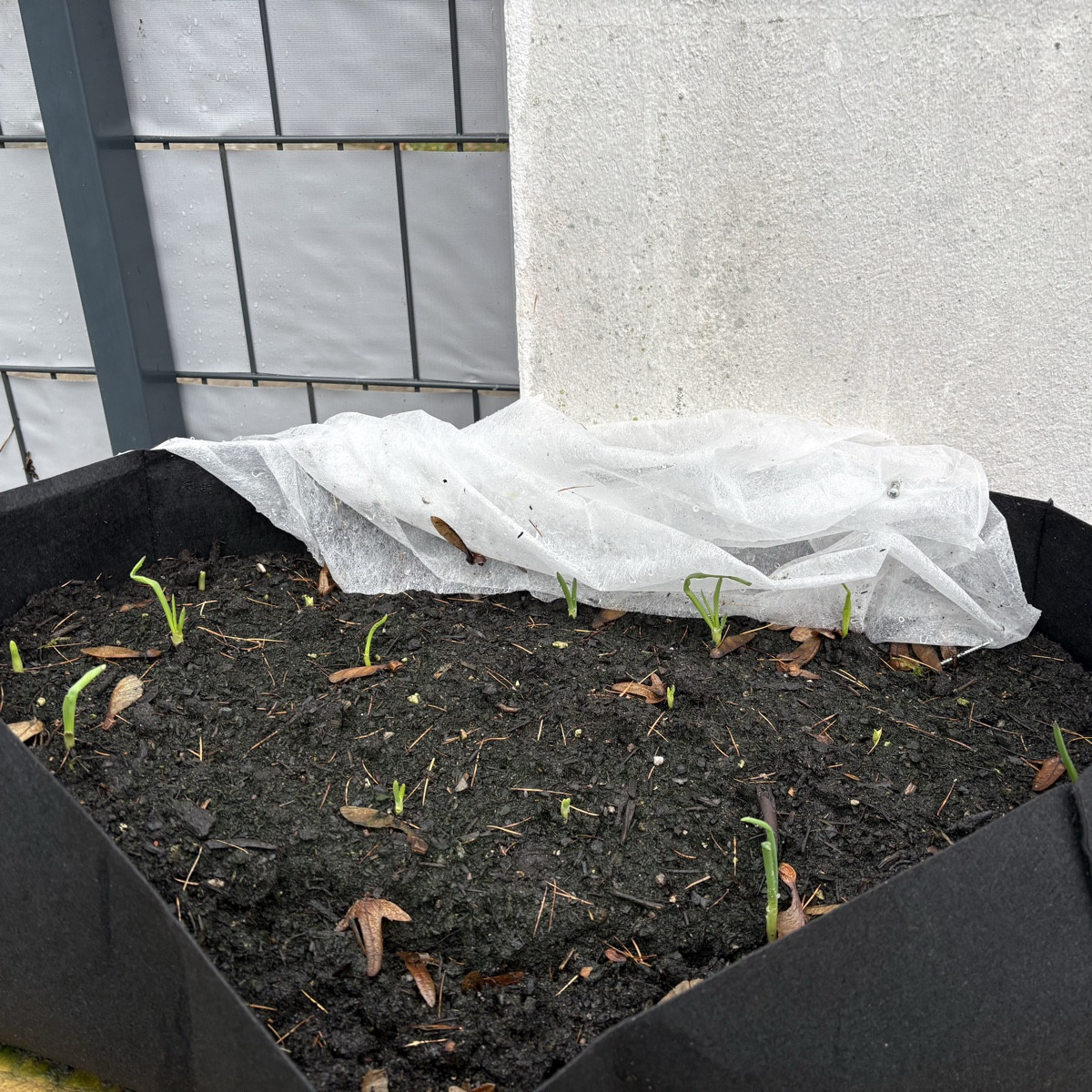
My winter onions are also growing quite well. They are of the Red Cross variety. I planted them on 28.10 in a felt pot 60x30x20 cm

Liked 4 times
Another post from the curiosities section: I noticed this dandelion at the streetcar stop in a 'wintry' 13°C weather. It obviously thinks that snow and double-digit frost were enough winter and is now pushing new flowers through the foliage. It's a shame it's by the tracks, otherwise it would probably have ended up in my salad. 😋
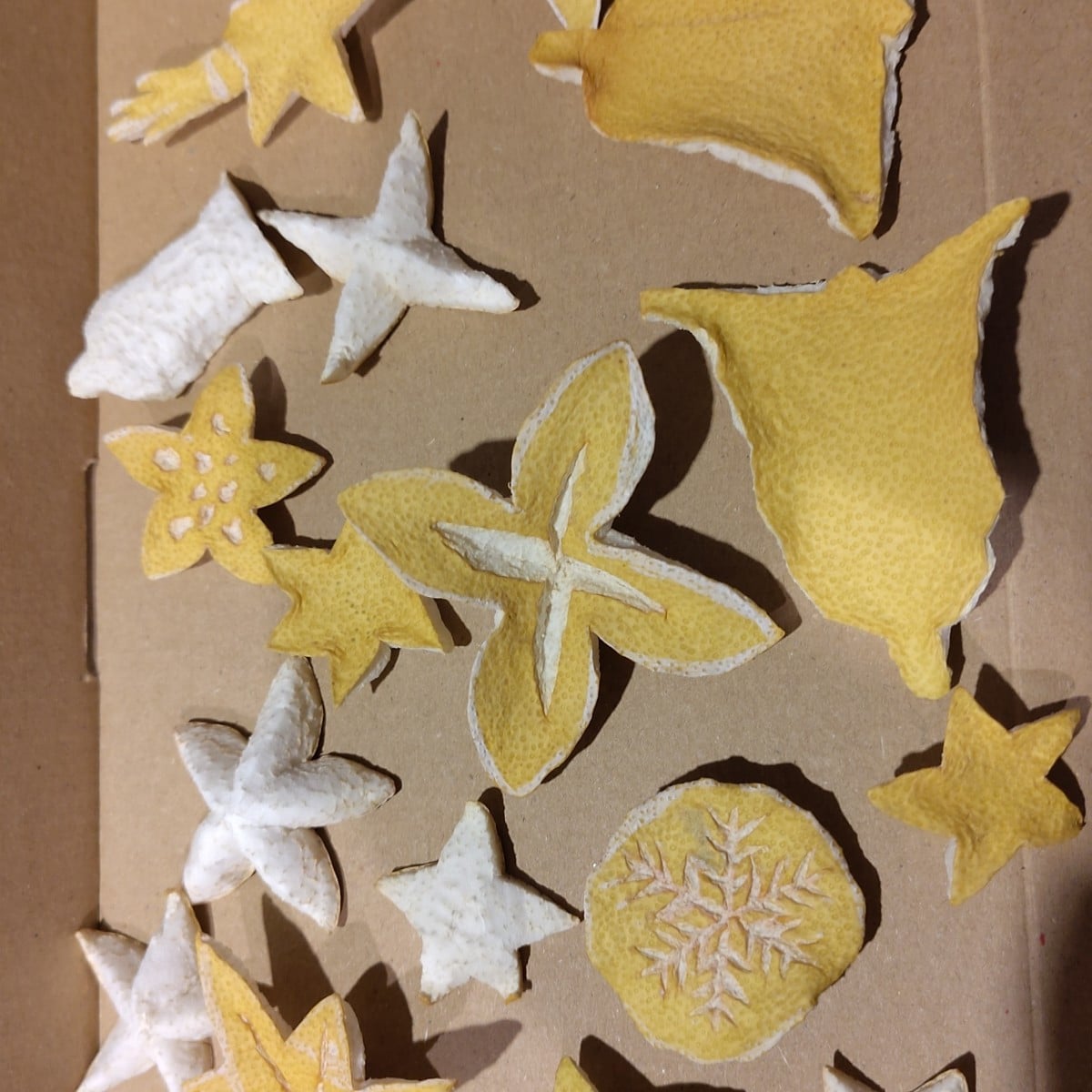
Liked 15 times
As a suggestion for those who eat citrus fruits and have some time in the evening: simply cut a few simple shapes out of them with a sharp knife and dry them on the heater. The next day it was bone dry in our house ;)
Show 3 answersPopular Articles

Overwintering Parsley: How to Do It Successfully

How to Grow Lettuce in Winter: Varieties, Sowing, Harvesting

Growing Sage Plant: Tips for Sowing and Harvesting
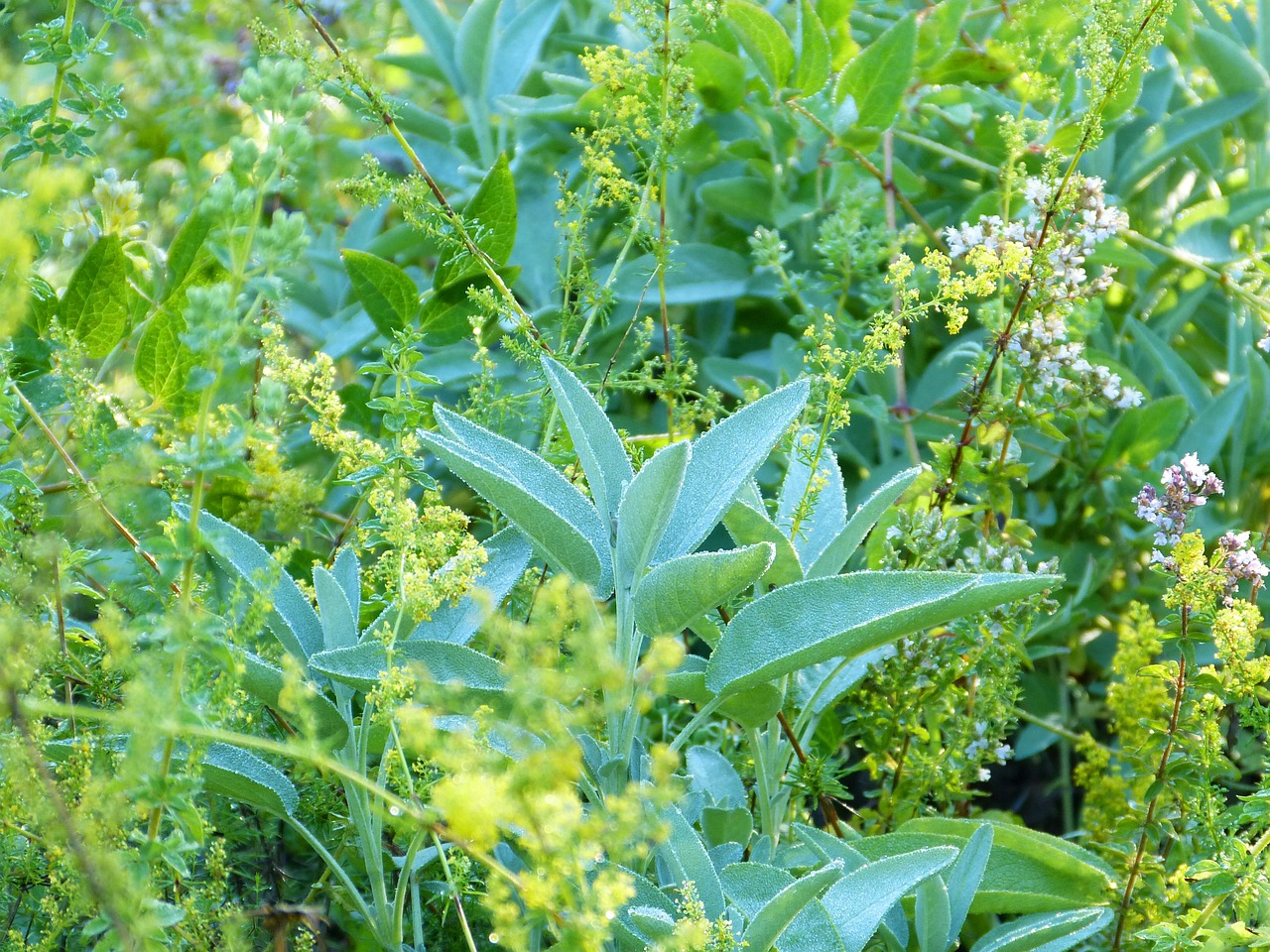
What Herbs Can Be Planted Together?
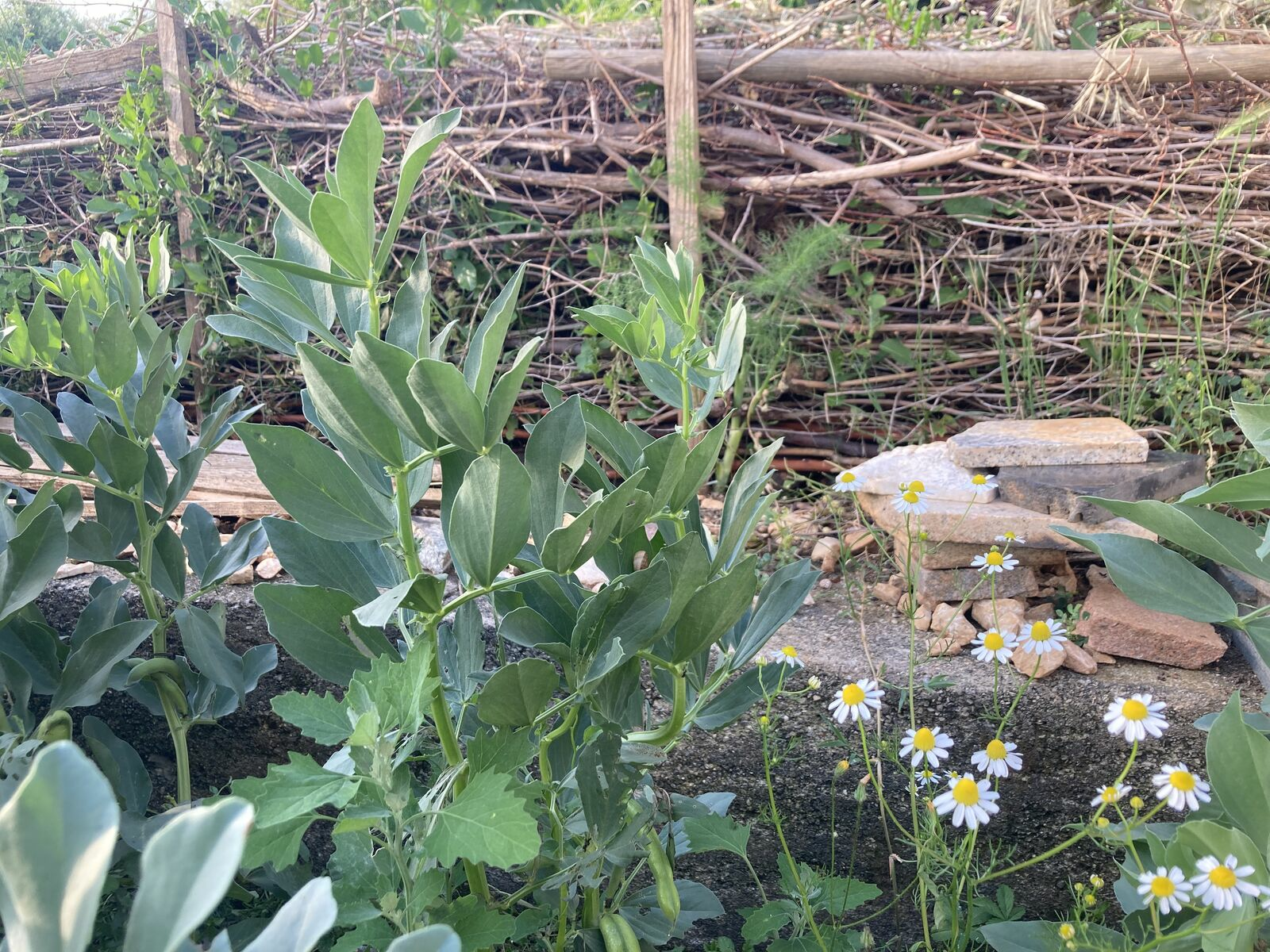
Create & Design a Permaculture Garden
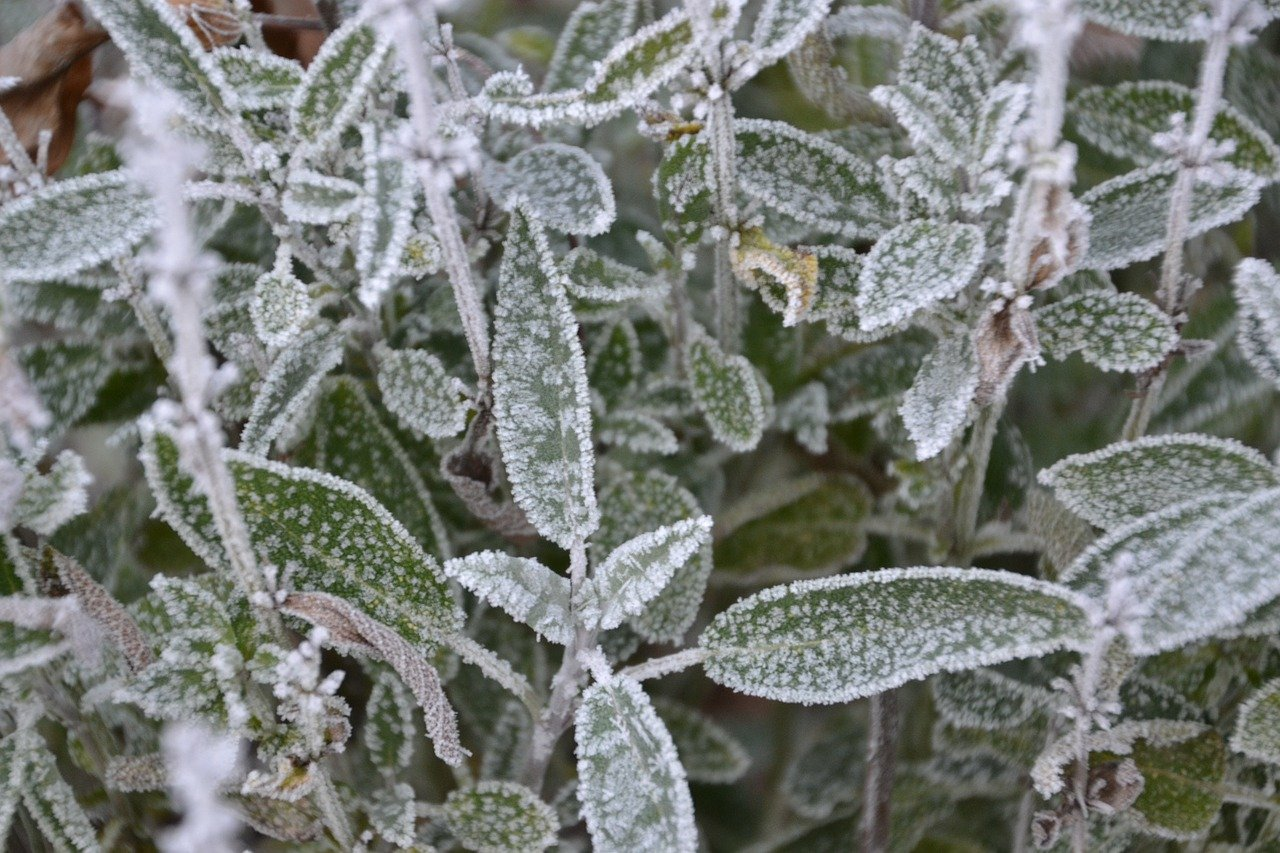
Overwintering Plants: Tubs, Pots and Raised Beds

Pruning, Fertilizing & Propagating Currants: Care Tips

Pruning Raspberries: How to Do It
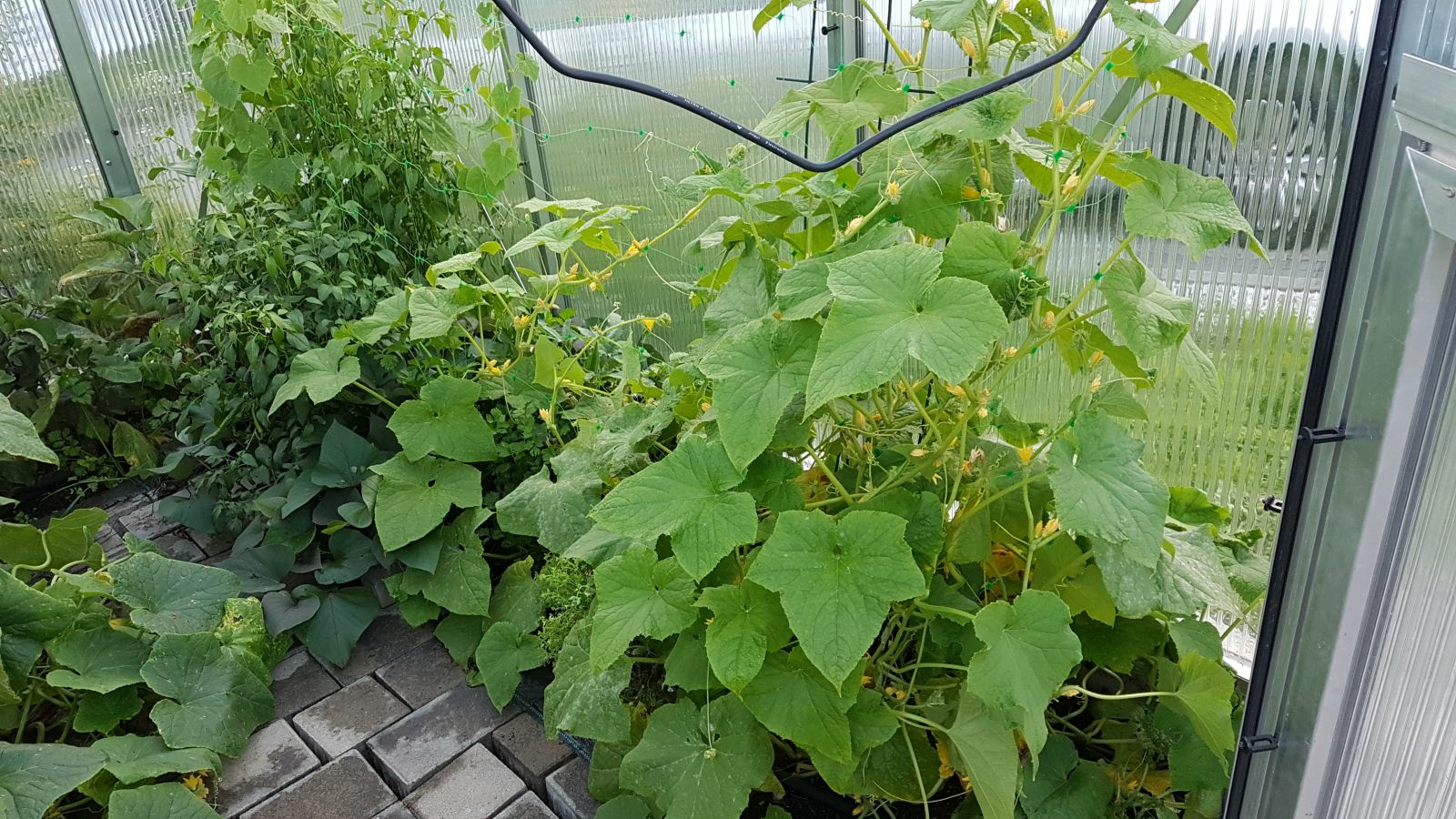
Vegetable Garden With Greenhouse: How to Use Greenhouse Effect
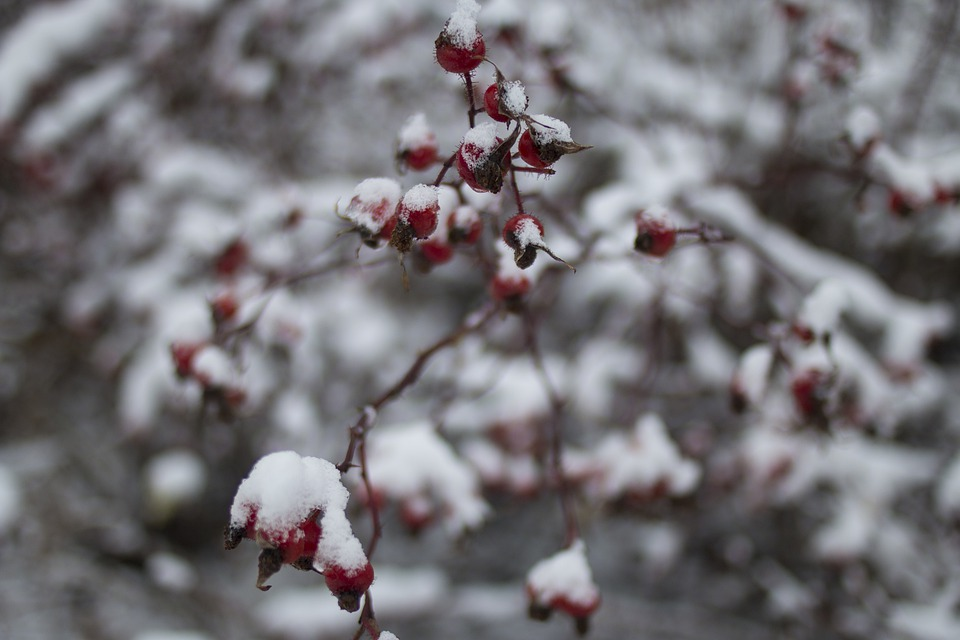
Winterizing Beds and the Garden: How to Do It
FAQ
It’s a partnership between fungi and plant roots. The fungi provide water and nutrients, while the plants share some of their sugars in return.
Are garden mushrooms a bad sign?
Not necessarily. Decomposer and mycorrhizal fungi are actually beneficial, but disease-causing fungi like mildew or rust can harm your plants.
What should I do if mushrooms spread across my bed?
Cut back the fruiting bodies if they appear in large numbers and check the soil — too much moisture, compaction or fertiliser can cause overgrowth.
How can I encourage mycorrhiza?
Avoid digging and heavy soil disturbance, add mulch and compost, and plant native, mycorrhiza-friendly shrubs and trees.
No. Fungicides kill all fungi, including the good ones. Healthy soil life relies on fungal networks to keep your plants strong.